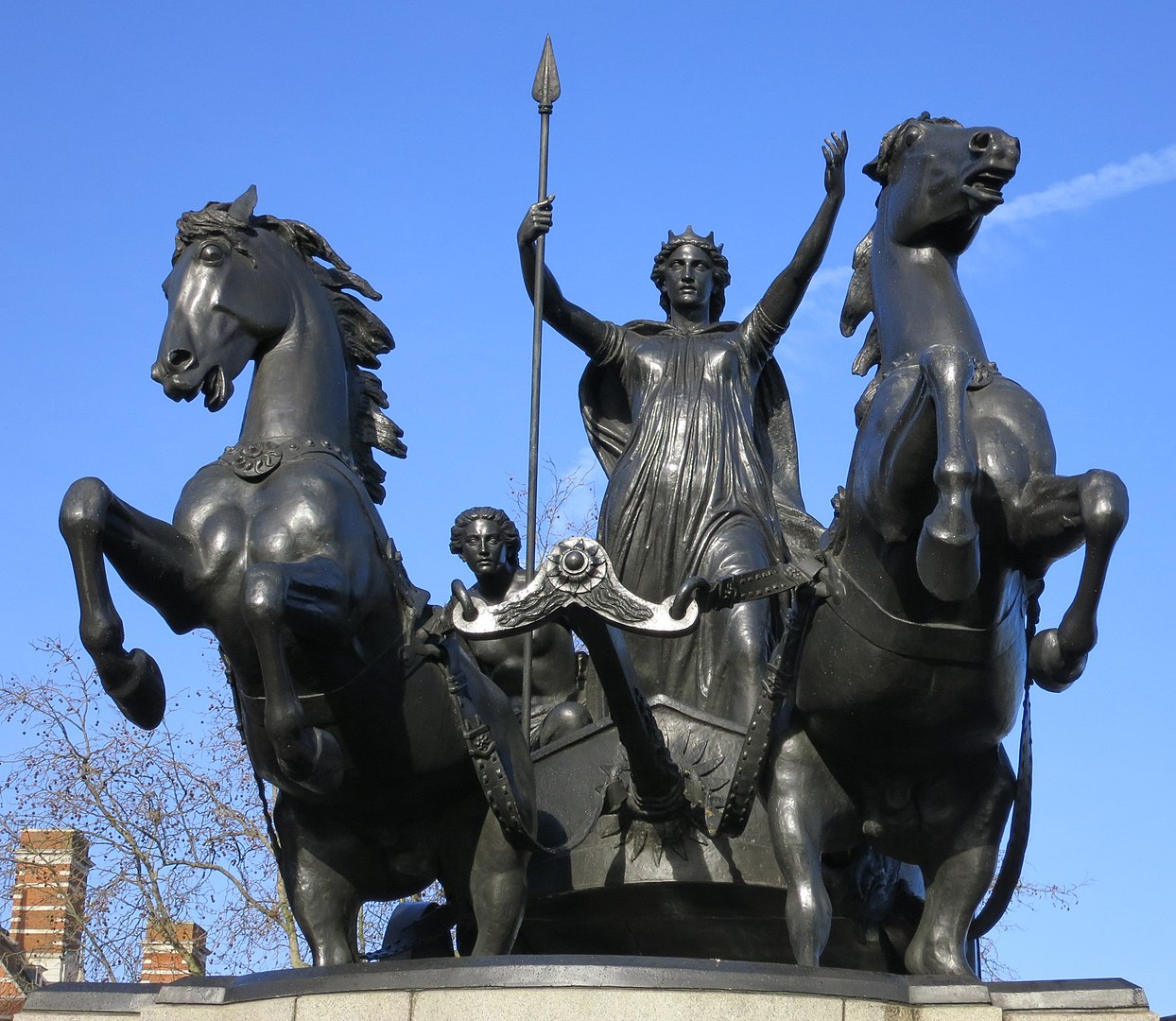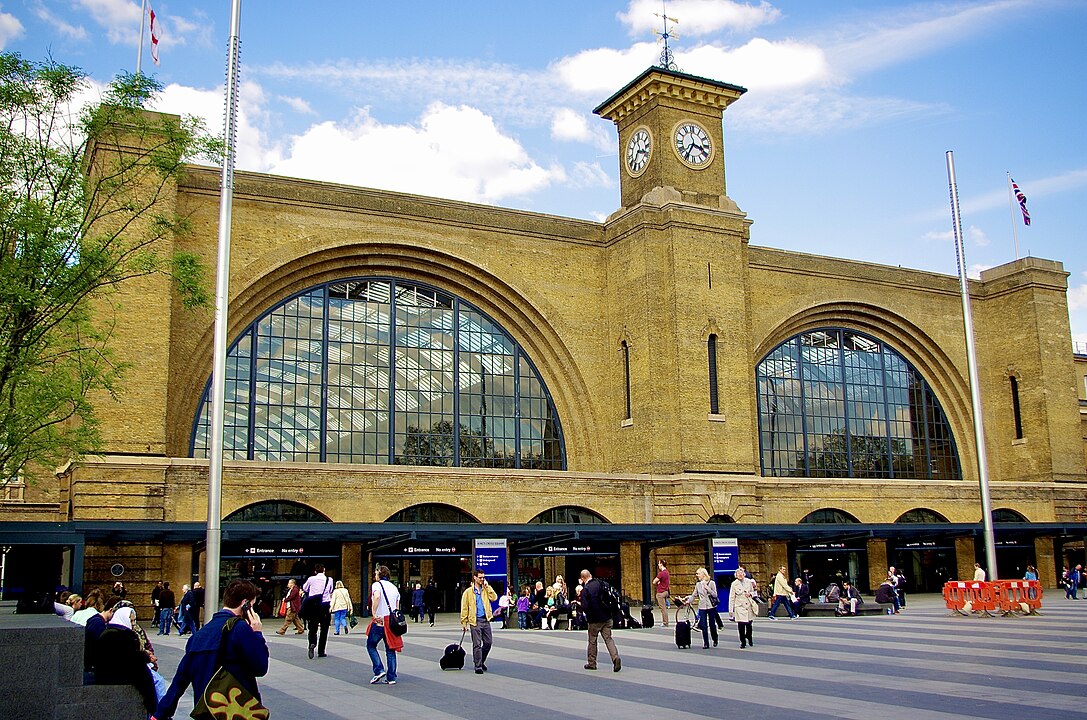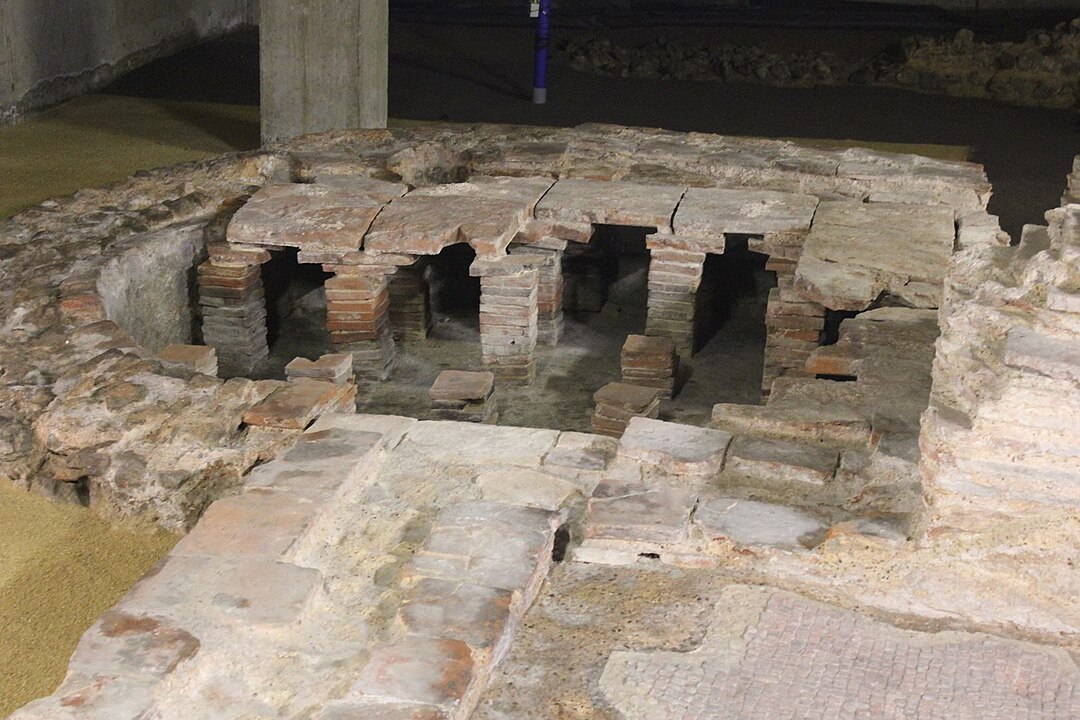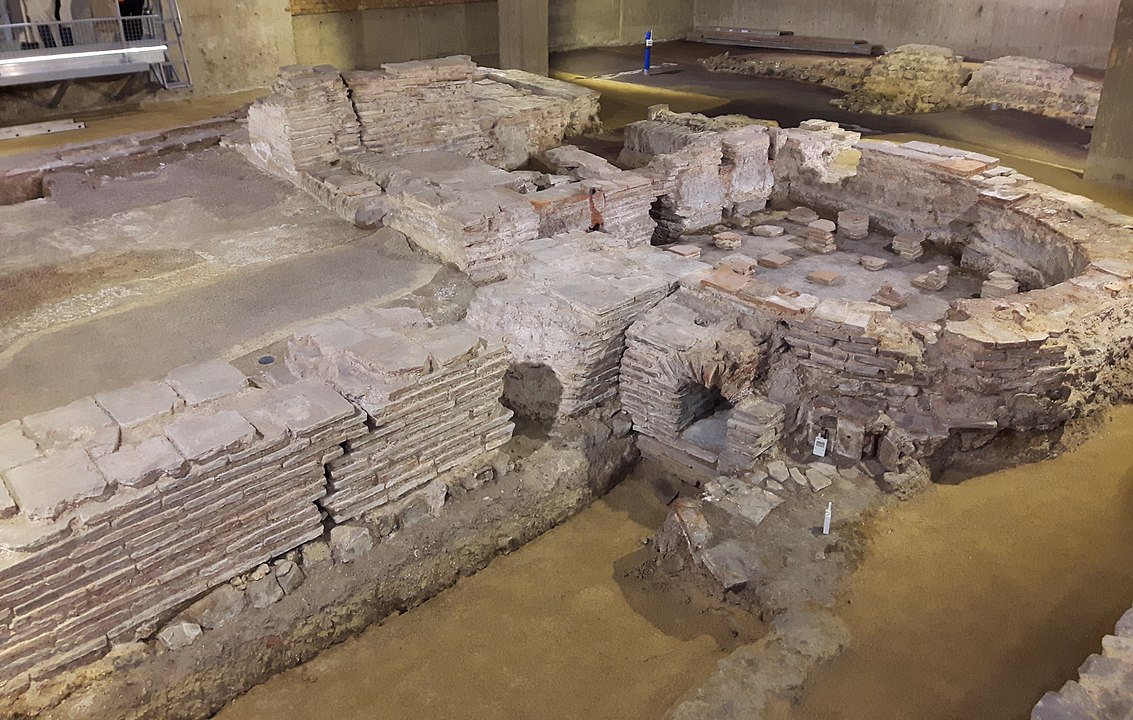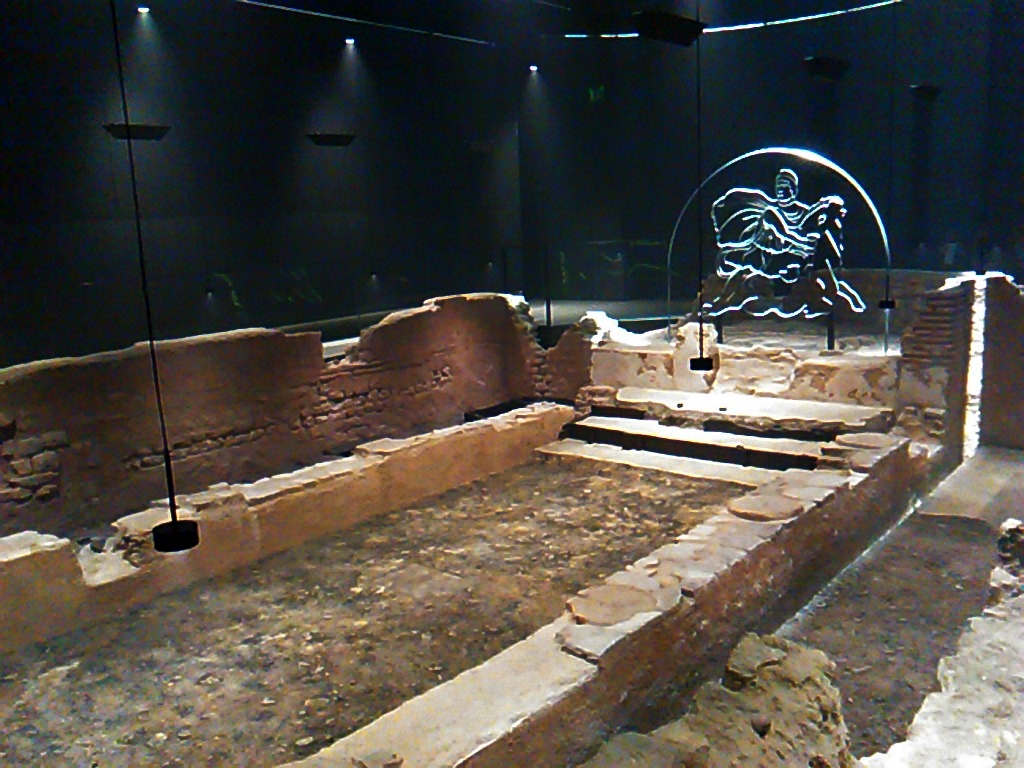Why The Wimbledon Iron Age Hill Fort Had Nothing To Do With Caesar
What is the first thing that comes to mind when you hear the phrase Caesar in Britain? Most casual people would probably answer the hilarious movies about Asterix and Obelix. History aficionados will likely discuss Caesar’s abortive attacks on the island – one of his few strategic errors during the Gallic campaigns.
However, an unforeseen consequence of his reconnaissance in 55-54 BC (for it hardly merits another title) is the headstrong insistence of local antiquarians to call too many things vaguely related to Roman history “Caesar’s”. Unfortunately, the Iron Age hill fort does not escape this fate. However, archaeology proves it is much older, and Caesar himself told us in De Bello Galico that he ventured nowhere near London.
An Iron Age Fort Overlooking London
The Iron Age hill fort on Wimbledon Common might not be as well-known as some of the UK’s more famous ancient sites, but its significance is undeniable. Situated in southwest London, on a natural ridge that rises to around 57 metres, the fort offers panoramic views that would have made it a strategic location in its heyday. It covers approximately 11 acres, making it one of the larger hill forts in southern Britain, though places like Maiden Castle in Dorset dwarf it.
Archaeologists date the fort to the late Iron Age, around 700-100 BC when these hill forts were built across Britain. Hill forts were often used as defensive positions but also functioned as social, economic, and political centres for the tribes living there. The Wimbledon hill fort would have served a similar purpose for the people who inhabited this region long before the Romans arrived.
Excavations have uncovered traces of ditches and ramparts, as well as the defensive earthworks surrounding the fort, typical of Iron Age fortifications. The remains suggest a double-banked enclosure with a ditch between the two banks. However, the hill fort has suffered from natural erosion and human interference over the centuries, leaving only faint traces visible to the naked eye today. Walkers on Wimbledon Common might pass it by without even noticing they’re treading on ancient ground.
Fragments of pottery and other small artefacts recovered from the site give us a glimpse into the people’s daily lives. These finds indicate trade links with other parts of Britain and possibly even continental Europe, showing that the inhabitants connected more with the broader world than expected from a hilltop settlement.
Caesar’s Camp: The Misleading Name
Despite its genuine ancient origins, the hill fort is often confused with Caesar’s Camp, a name that pops up frequently in local history and folklore. This is where the real historical detective work begins, as the idea that Julius Caesar was somehow involved with this site is pure fantasy. Caesar’s Camp is a misnomer applied to several ancient earthworks across the UK, and the one at Wimbledon is no exception.
Julius Caesar did invade Britain in 55 and 54 BC, but his campaign was brief and did not take him anywhere near Wimbledon. Caesar’s two attempts to subdue Britain were relatively limited in scope, and he never ventured far from the southeastern coast. His first expedition in 55 BC was a reconnaissance mission of sorts, and after landing near modern-day Deal, he spent only a few weeks in the country before heading back to Gaul.
His second invasion in 54 BC was more significant, with a larger force and a more prolonged stay. Yet, even during this second invasion, Caesar remained in the south and southeast, focusing on the tribes in Kent and along the Thames. There is no evidence that he travelled as far as Wimbledon, which was well beyond his sphere of activity. The tribes he encountered, such as the Cantiaci of Kent, differed from those who lived in the area that would later become London.
So why the persistent association with Caesar? The name “Caesar’s Camp” was likely a product of later romanticisation. In the 18th and 19th centuries, antiquarians and local historians often attributed anything vaguely Roman or ancient to Caesar. It was a convenient shorthand for mystery and antiquity but hardly accurate. Naming hill forts after Caesar became a tradition but has confused generations of historians and visitors alike.
Did The Romans Ever Attack Wimbledon Hill Fort?
While Julius Caesar can be ruled out as having any connection to the Wimbledon hill fort, that doesn’t mean the Romans never laid eyes on it. It’s possible that the fort was involved in the Roman conquest of Britain, just not during Caesar’s campaigns. The real Roman threat came nearly a century later, during the invasion under Emperor Claudius in AD 43.
This was the conquest that truly brought Britain into the Roman Empire. Claudius sent four legions to subdue the island, and their progress was much more extensive than Caesar’s earlier attempts. One of these legions, Legio II Augusta, was led by a future emperor — Vespasian. The II Augusta played a crucial role in the conquest, striking west and south as they fought to pacify the British tribes.
Wimbledon’s hill fort may have been in the path of this Roman war machine. Although there is no direct evidence of a Roman attack on the fort, the location places it within the potential theatre of operations. The II Augusta’s march likely took them through areas not far from modern-day London as they advanced towards the west and southwest.
What we know of the Romans’ tactics supports the idea that they may have attacked or at least encountered the hill fort. The Romans were systematic in their approach to conquest, attacking or neutralising any fortified positions that could pose a threat. Hill forts like the one at Wimbledon would have been prime targets for the Romans as they swept through the landscape, subduing local tribes and consolidating their control.
What would a Roman attack on Wimbledon hill fort have looked like? Given the size and construction of the fort, it’s possible that the Romans would have used their famous siege techniques to breach the defences. The fort’s inhabitants, likely members of a local tribe, would have put up a fight. Still, the disciplined Roman legions were known for their efficiency in overcoming even the most formidable defences.
Whether Wimbledon’s hill fort fell to a Roman assault or not, the period of Roman expansion into Britain was a turning point for the region. By the time of Claudius’ conquest, many of the old ways of life that had characterised the Iron Age were coming to an end, replaced by Roman roads, towns, and the inexorable spread of Roman culture.
The Enduring Mystery Of Wimbledon’s Hill Fort
Despite the evidence that Wimbledon’s hill fort was an active part of the region’s pre-Roman history, much remains a mystery. Archaeologists have uncovered tantalising clues, but many questions will remain unanswered without more extensive excavations. Who exactly built the fort? What role did it play in local politics and warfare? And was it indeed attacked by Roman forces during their conquest of Britain?
While we may never know the full story, what is clear is that the hill fort had nothing to do with Julius Caesar. The name Caesar’s Camp is a historical red herring, and attributing the site to Caesar only obscures its true significance. The real story of Wimbledon’s hill fort is one of Iron Age power and the dramatic changes brought by the Roman invasion.
Today, visitors to Wimbledon Common can walk among the ancient earthworks and reflect on when this quiet corner of London was a bustling centre of life and, possibly, a battlefield in the long and complex history of Britain’s Roman conquest. In the shadow of history, the fort stands as a reminder of the deep roots of this landscape, long before Wimbledon became synonymous with tennis.

